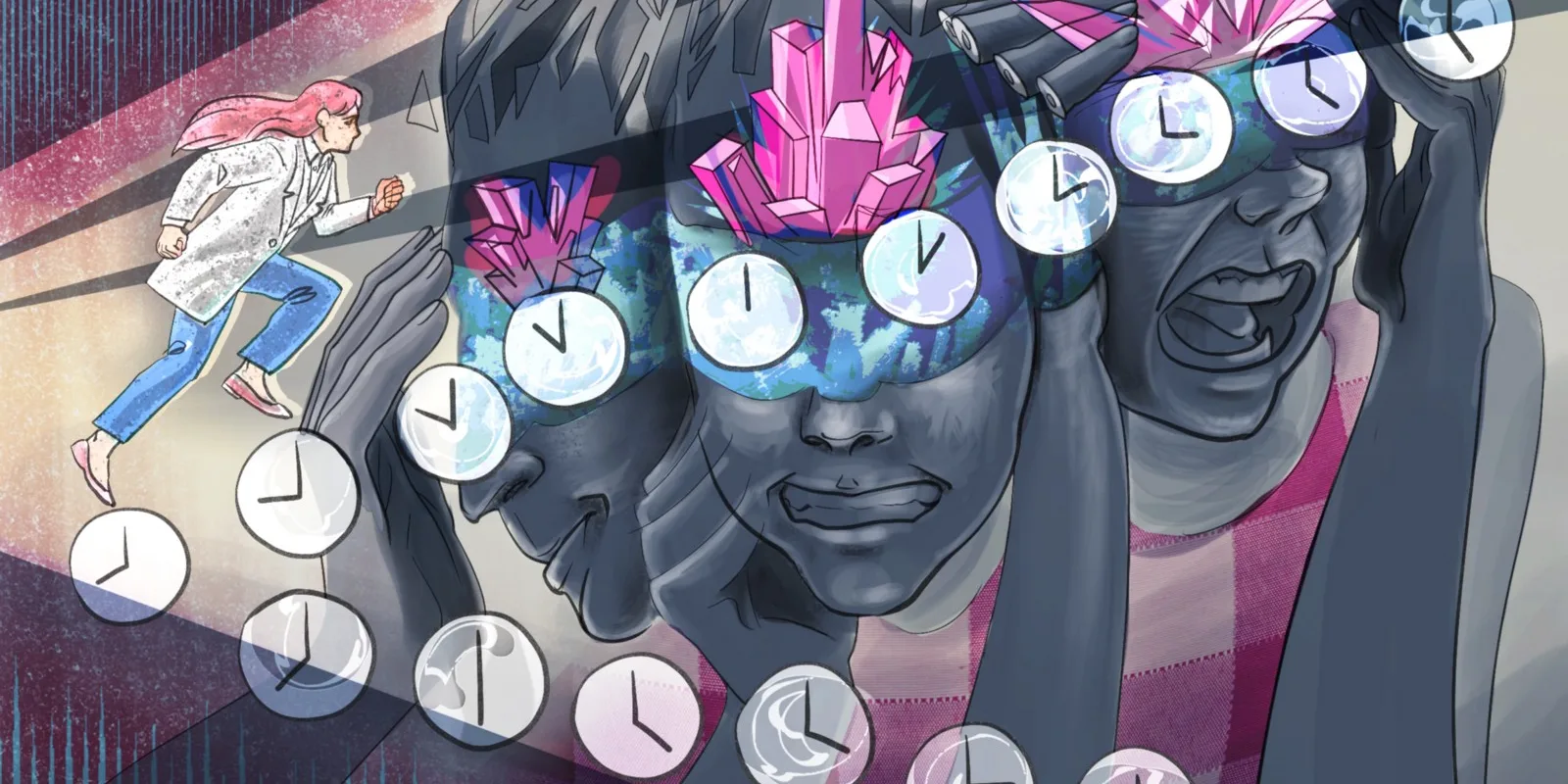
Recently, I celebrated the three-year anniversary of an event that made me flashback to every second of that day with vivid recall …
It started as a “usual” procedure on a Wednesday morning. I had only been able to gulp down half of my latte before the anesthesiologist for my 7:30 a.m. cardioversion appeared to tell me we were ready to start. I wanted to stay on time as I had a long morning of back-to-back procedures awaiting me. I went straight into Jenny’s room, hoping my coffee would still be warm after I finished the procedure. There she was, sitting up in bed, watching “Good Morning America,” looking about the brightest I had seen her in the past six months, surrounded by her daughter, son, and husband.
She was 83-years-old and had just undergone a mitral and tricuspid valve repair, along with a maze procedure for atrial fibrillation two months before. Her postoperative course was complicated by biventricular dysfunction and persistent atrial fibrillation. Her surgeon had started her on amiodarone and we had a long discussion about the merits of restoring sinus rhythm as a way to improve rate control, AV synchrony, and her hemodynamics. Jenny smiled at me and gave me a thumbs up saying she was ready for the procedure. I glanced over the paperwork to ensure the consent form had been signed, looked at the pre-procedure history and physical (H&P) note, and nodded to the anesthesiologist. We were ready to proceed.
My routine morning took a sudden and unexpected turn after Jenny’s eyes fluttered closed and the “shock” button on the defibrillator caused her body to jump into the air. I gaped at the screen as the shock was followed by one lonely QRS complex and then nothing. Flatline. My fingers quivered as I frantically tried to turn the knob to the pacing position to transcutaneously pace; I was aghast when we had no capture.
“Atropine! Start CPR!” I shouted.
After what felt like hours (but was actually only 21 minutes), Jenny was intubated, had a pulse on an epinephrine infusion, and was stable enough to transport to the ICU. I left to talk to her daughter and only then did I find out that her primary care provider had, just yesterday, asked her to double her morning dose of metoprolol. His intentions had been good (to improve rate control), but – my heart sank – could that have been the reason for the morning’s events? I had instructed my team to hold her morning beta-blocker, and instead she had taken a double dose! Granted, Jenny was elderly and had valve surgery, with rings implanted adjacent to the AV node. She had also been taking amiodarone, so there was more than one potential cause for the procedure's outcome … but I couldn’t help but wonder: was it the double dose of metoprolol that had pushed her over the edge? And if so, whose responsibility was it to ensure that something like this didn’t happen? The nurse who called the patient with the procedural instructions about morning medications? The primary care providers who didn’t know that she had a cardioversion scheduled the next day? The physician’s assistant who filled out the H&P note? Or was it mine? After all, I was the attending for the procedure … so, did I carry the ultimate responsibility?
We all practice medicine in the era of the “Checklist Manifesto” and procedural “time-outs,” which allow us some degree of safeguard against such happenings. But as the complexity of the patients we manage and the conditions we treat grows, an over-simplified approach doesn’t always account for human error and unpredictable factors — does it? Perhaps if all of my patient’s medical providers had been on the same electronic medical record — would one portal have eliminated the margin for error?
Jenny was extubated the next day and slowly recovered after her pacemaker was implanted. Miraculously, she had an uneventful recovery and was soon smiling and happy again. But I had a few humbling reflections after that day’s occurrences. First, in cardiology, we literally work on the cusp of life and death every single day, and sometimes our patients unexpectedly cross from one side to the other within seconds. Second, given all the discussion about artificial intelligence out there, if a computer algorithm and centralized medical record system had been in charge of Jenny’s peri-procedural instructions and care, could her complication have been avoided?
What do you think? When our workflow systems break down, is it the physician who should ultimately assume the responsibility? Or is it unfair to “scapegoat” the physicians when the system fails? In the workflow of modern medicine, where there are so many interrelated parts interdisciplinary teams, how do we balance taking “ownership” of our patients against the pressure to “trust” the system? Would computers do better?
All names and identifying information have been modified to protect patient privacy.
Illustration by April Brust







